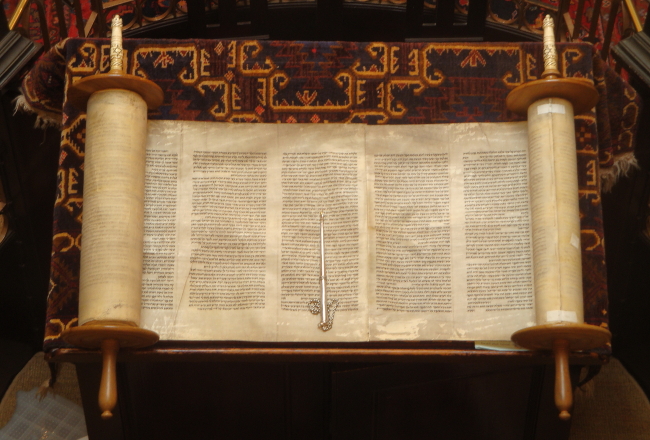SUNSET FRIDAY, OCTOBER 9 and SUNSET SATURDAY, OCTOBER 10: The days of eating (and, for some families, sleeping) in the sukkah are coming to a close for many Jews, although some extend eating in the sukkah just one more day during this time, as all Jews celebrate Shemini Atzeret and Simchat Torah. For Jews in Israel, these two holidays combine into one day; for Jews of the Diaspora, Shemini Atzeret is followed by Simchat Torah by one day.
Celebrating at home in 2020: As Jews around the world look for ways to mark these holidays at home this year, Chabad.org offers 10 tips for “an Amazing Simchat Torah @ Home.” Among their tips: prepare festive feasts, craft flags, parade around with a Chumash and get a head start on the year.
Traditionally, Jews begin praying for rain on Shemini Atzeret. The rainy season in Israel begins soon, and for agricultural purposes, the Musaf Amidah prayer is recited, for rain, on Shemini Atzeret.
Great happiness continues on Simchat Torah. Most years, synagogues around the world hold processions that are followed by joyful dancing and singing. Torah scrolls are carried through the aisles, and even children join in by carrying toy or paper versions of the scrolls, making their way around the building in a series of seven circuits (hakafot). The primary celebration of Simchat Torah begins in the evening, when (traditionally), the ark is opened: congregation members sing and dance, and in many regions, the singing and dancing is taken to the streets and lasts many hours.
FOR MORE ON THESE HOLIDAYS: Enjoy this introduction by Debra Darvick, author of This Jewish Life.


Tell Us What You Think